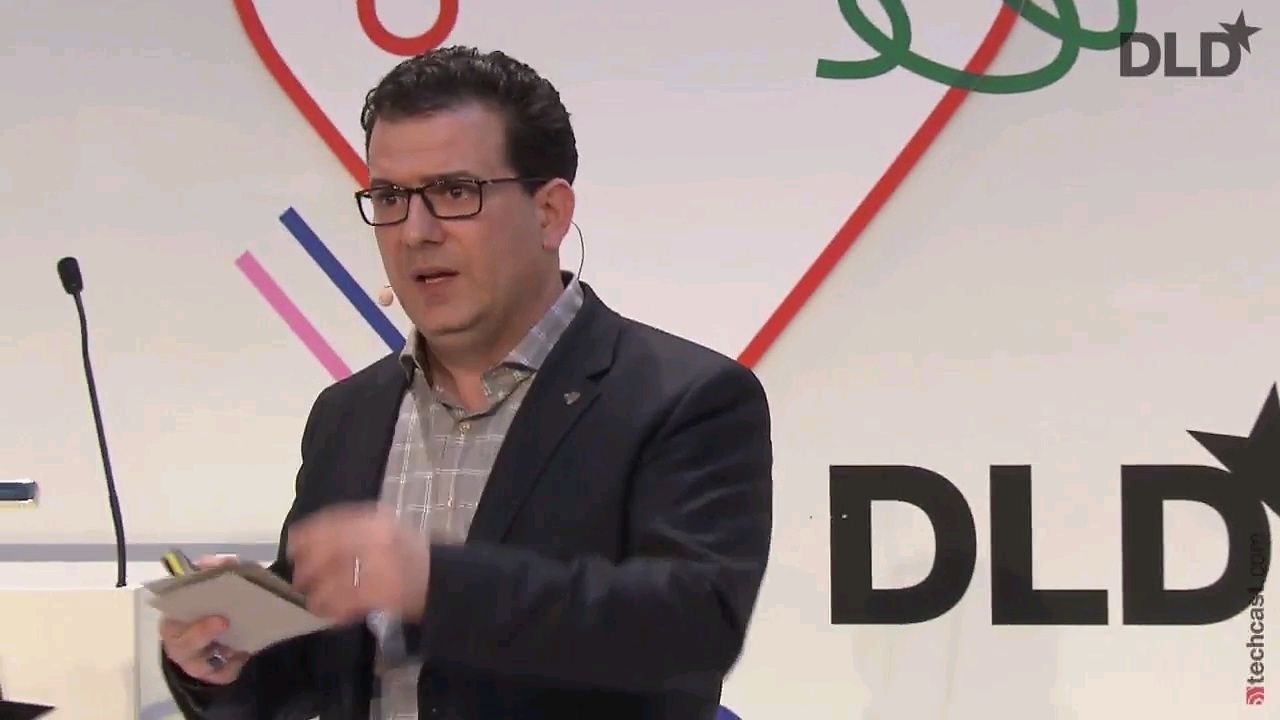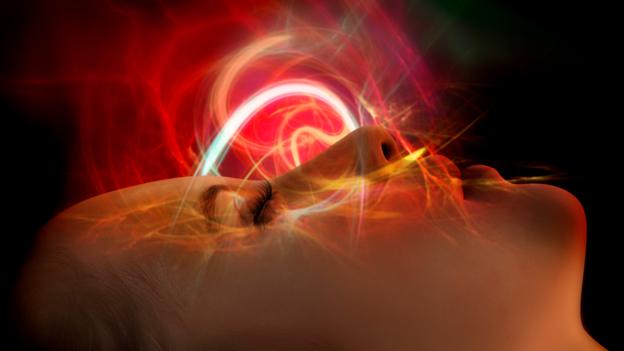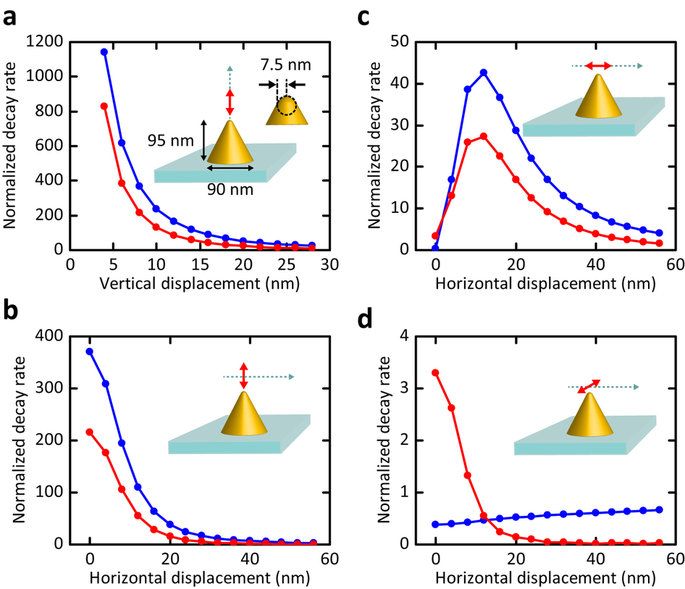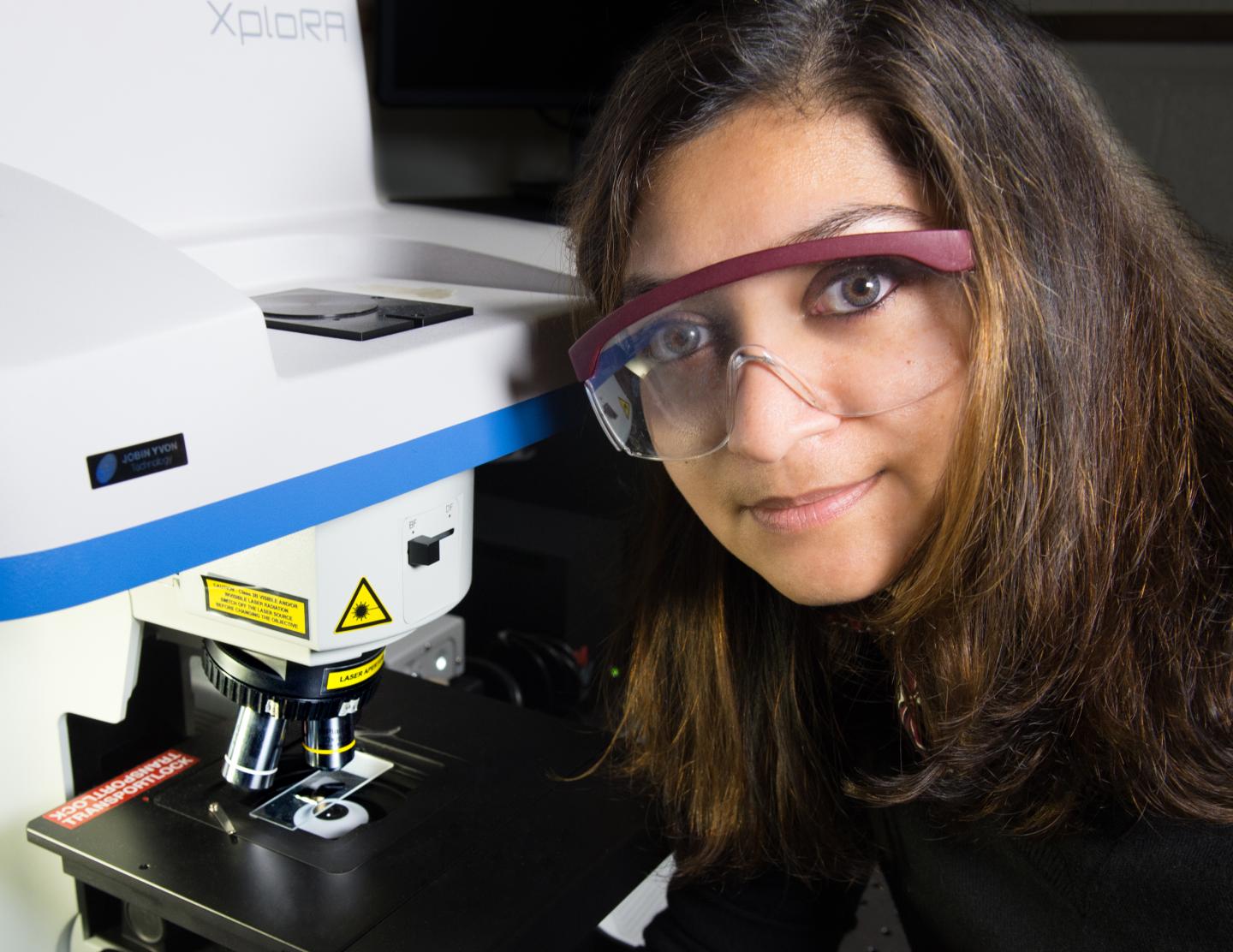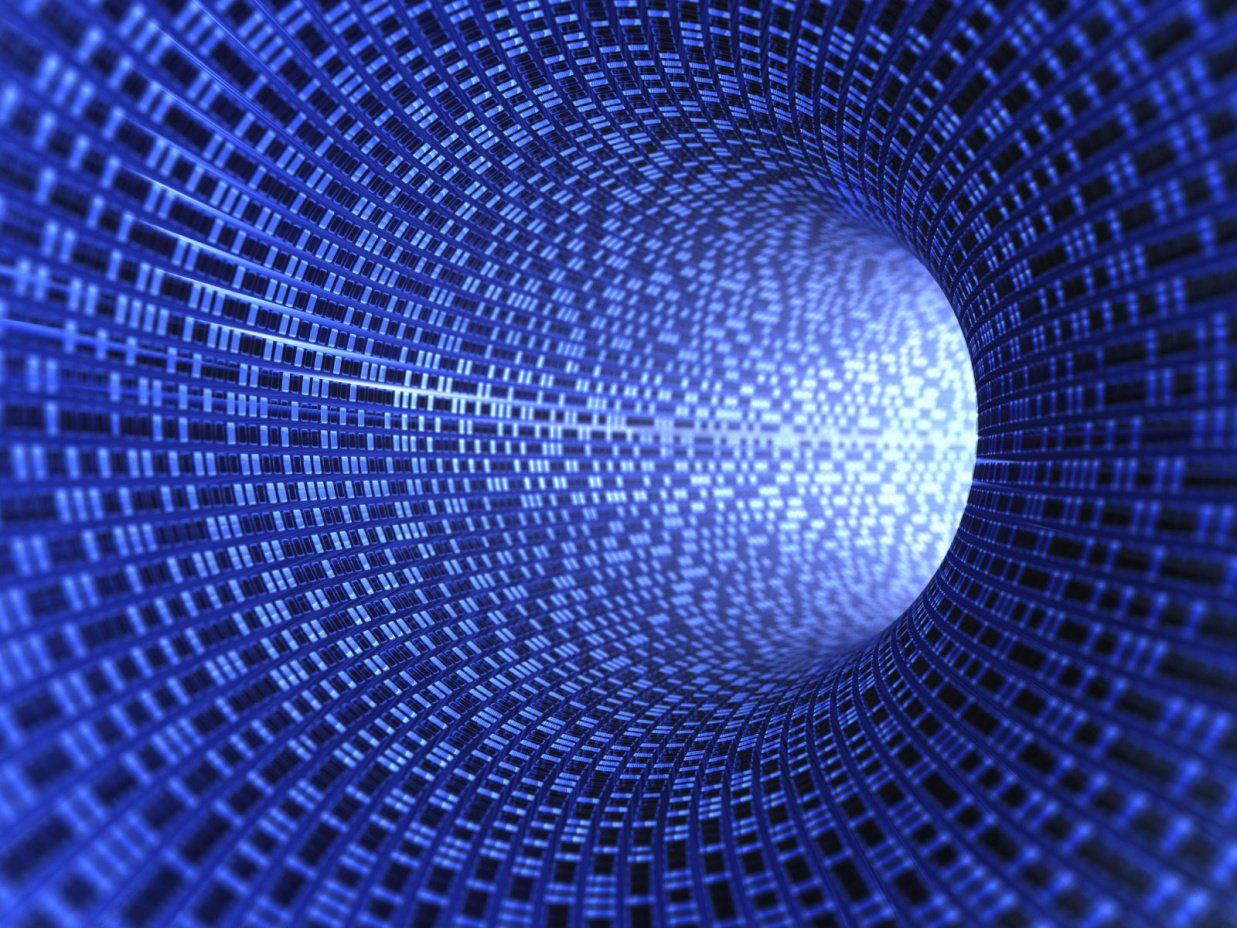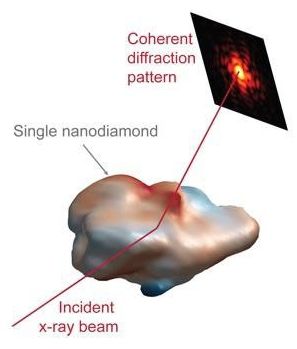Archive for the ‘quantum physics’ category: Page 706
Feb 16, 2017
The strange link between the human mind and quantum physics
Posted by Karen Hurst in categories: biotech/medical, neuroscience, quantum physics
The problems that I have seen when limiting the topic of quantum mechanics to the human mind topic is that the relationship around Quantum Mechanics to biology is missed completely. For example, it has only be in the recent few years that scientists began to understand Quantum Mechanics Action of ELF electromagnetic fields and its relationship to human cells. And, this find has open valuable research in how cells can (through electromagnetic fields can spin a low temperatures) mimic telepathy communicating between the human cells.
Nobody understands what consciousness is or how it works. Nobody understands quantum mechanics either. Could that be more than coincidence?
Feb 14, 2017
Quantum Memristors with Superconducting Circuits
Posted by Karen Hurst in categories: computing, quantum physics
Nice advancement; looking forward indeed to the day I know longer look or touch a keypad again or even markers to a white or imaging board.
Memristors are resistive elements retaining information of their past dynamics. They have garnered substantial interest due to their potential for representing a paradigm change in electronics, information processing and unconventional computing. Given the advent of quantum technologies, a design for a quantum memristor with superconducting circuits may be envisaged. Along these lines, we introduce such a quantum device whose memristive behavior arises from quasiparticle-induced tunneling when supercurrents are cancelled. For realistic parameters, we find that the relevant hysteretic behavior may be observed using current state-of-the-art measurements of the phase-driven tunneling current. Finally, we develop suitable methods to quantify memory retention in the system.
Feb 14, 2017
Controlled Coupling of a Single Quantum Dot to a Gold Nanocone Antenna
Posted by Karen Hurst in categories: nanotechnology, quantum physics
Multiexcitonic transitions and emission of several photons per excitation comprise a very attractive feature of semiconductor quantum dots for optoelectronics applications. However, these higher-order radiative processes are usually quenched in colloidal quantum dots by Auger and other nonradiative decay channels. To increase the multiexcitonic quantum efficiency, several groups have explored plasmonic enhancement, so far with moderate results. By controlled positioning of individual quantum dots in the near field of gold nanocone antennas, we enhance the radiative decay rates of monoexcitons and biexcitons by 109 and 100 folds at quantum efficiencies of 60 and 70%, respectively, in very good agreement with the outcome of numerical calculations. We discuss the implications of our work for future fundamental and applied research in nano-optics.
Feb 14, 2017
Elon Musk sees critical role for cyborgs
Posted by Karen Hurst in categories: biotech/medical, cyborgs, economics, Elon Musk, government, internet, life extension, quantum physics, robotics/AI, security
Wish he & a couple of others would join this ranks that others are on which makes way more sense plus benefits the masses tremendously. Musk needs to join others in their work to enhance humans via Quantum Biosystems as this work is already showing signs of success across multiple areas such as anti-aging, disease elimination, intelligence & communications, security, reduction in costs of healthcare & social programs, advancements in new creative innovations in technology & medicine, new industry new growth/ economic expansion, elimination of starvation, etc.
How can humans stay relevant in an age of artificial intelligence? Elon Musk thinks cyborgs are the answer.
The Tesla and SpaceX CEO discussed the need for a “merger of biological intelligence and digital intelligence” during a talk on Monday at the World Government Summit in Dubai, CNBC reported.
Continue reading “Elon Musk sees critical role for cyborgs” »
Feb 14, 2017
NASA and MIT Collaborate to develop space-based quantum-dot spectrometer
Posted by Karen Hurst in categories: nanotechnology, quantum physics, space
A NASA technologist has teamed with the inventor of a new nanotechnology that could transform the way space scientists build spectrometers, the all-important device used by virtually all scientific disciplines to measure the properties of light emanating from astronomical objects, including Earth itself.
Mahmooda Sultana, a research engineer at NASA’s Goddard Space Flight Center in Greenbelt, Maryland, now is collaborating with Moungi Bawendi, a chemistry professor at the Cambridge-based Massachusetts Institute of Technology, or MIT, to develop a prototype imaging spectrometer based on the emerging quantum-dot technology that Bawendi’s group pioneered.
Feb 14, 2017
K-Chains – Blockchain Protocols Based On Quantum Mechanics
Posted by Karen Hurst in categories: bitcoin, economics, internet, quantum physics
Not shocking to see; wonder how long this fact finally came out; as when you review much of the research and application of blockchaining that it is not hard to figure out that as more and more QC goes online; we would need a way to bridge block chaining environments to QC.
Quantum mechanics have ignited a transformational change in the way we envision the world and utilize technology. Economics is one of the prominent fields throughout which Quantum mechanics can be deployed. Quantum mechanics can be utilized to create a novel class of blockchains. A new paper has just been published exploring the possibilities of building blockchains on the basis of Quantum mechanics. It discusses how Quantum mechanics can be ideally deployed to build a new class of blockchains.
Quantum based blockchains, known as K-Chains, have a group of advantages over classical blockchains including communication of transactions at a Faster-Than-Light (FTL) speed, unlimited capacity of the network and an innovative offline blockchain that needn’t be connected to the internet for transactions to be executed. Extrapolation of these possibilities can lead to the creation of Quantum Turing Machines that rely on the Quantum Blockchain (K-Chain) technology. Real time data and communication protocols that span across distances of “light years” will be possible.
Continue reading “K-Chains – Blockchain Protocols Based On Quantum Mechanics” »
Feb 14, 2017
Replicants with Quantum Brains Will Run More Efficiently
Posted by Karen Hurst in categories: neuroscience, quantum physics
I do have many friends working on this commercially; however, I prefer the work we’re doing in the Quantum Bio base around brain advancement v. deep mind learning/ intelligence research.
A site dedicated to the sciences, recent scientific discoveries and advances.
Feb 14, 2017
Turning up the heat for perfect (nano)diamonds
Posted by Karen Hurst in categories: biotech/medical, nanotechnology, quantum physics
Quantum mechanics, the physics that governs nature at the atomic and subatomic scale, contains a host of new physical phenomena to explore quantum states at the nanoscale. Though tricky, there are ways to exploit these inherently fragile and sensitive systems for quantum sensing. One nascent technology in particular makes use of point defects, or single-atom misplacements, in nanoscale materials, such as diamond nanoparticles, to measure electromagnetic fields, temperature, pressure, frequency and other variables with unprecedented precision and accuracy.
Quantum sensing could revolutionize medical diagnostics, enable new drug development, improve the design of electronic devices and more.
For use in quantum sensing, the bulk nanodiamond crystal surrounding the point defect must be highly perfect. Any deviation from perfection, such as additional missing atoms, strain in the crystalline lattice of the diamond, or the presence of other impurities, will adversely affect the quantum behavior of the material. Highly perfect nanodiamonds are also quite expensive and difficult to make.
Feb 14, 2017
A new technique for creation of entangled photon states developed
Posted by Karen Hurst in categories: particle physics, quantum physics
Members of the Faculty of Physics, the Lomonosov Moscow State University have elaborated a new technique for creation of entangled photon states, exhibiting photon pairs, which get correlated (interrelated) with each other. Scientists have described their research in an article, published in the journal Physical Review Letters.
Physicists from the Lomonosov Moscow State University have studied an entangled photon state, in which the state is determined only for the whole system and not for each separate particle.
Stanislav Straupe, Doctor of Sciences in Physics and Mathematics, a member of the Quantum Electronics Department and Quantum Optical Technologies Laboratory at the Faculty of Physics, the Lomonosov Moscow State University, and one of the article co-authors says the following. He explains: “Entangled states are typical and general. The only problem is in the point that for the majority of particles interaction with the environment destroys the entanglement. And photons hardly ever interact with other particles, thus they are a very convenient object for experiments in this sphere. The largest part of light sources we face in our life is a classical one — for instance, the Sun, stars, incandescent lamps and so on. Coherent laser radiation also belongs to the classical part. To create nonclassical light isn’t an easy thing. You could, for instance, isolate a single atom or an artificial structure like a quantum dot and detect its radiation – this is the way for single photons obtaining.”
Continue reading “A new technique for creation of entangled photon states developed” »
